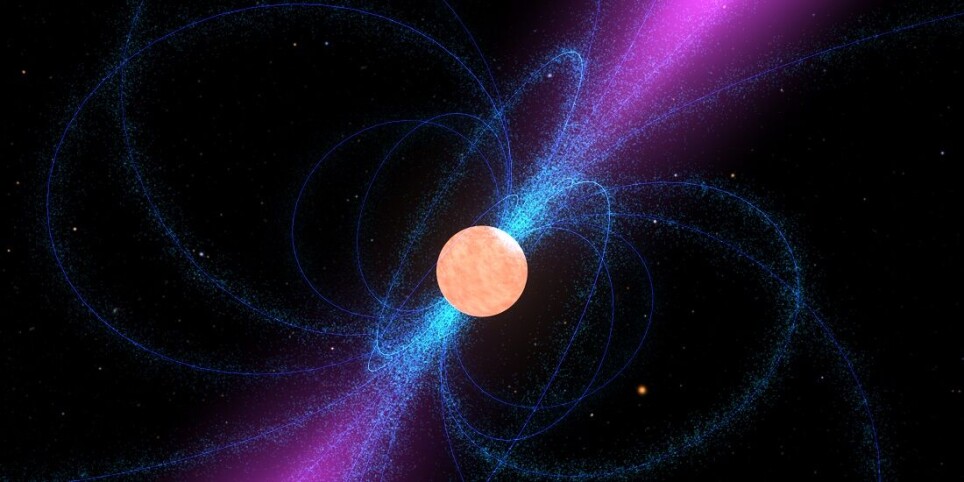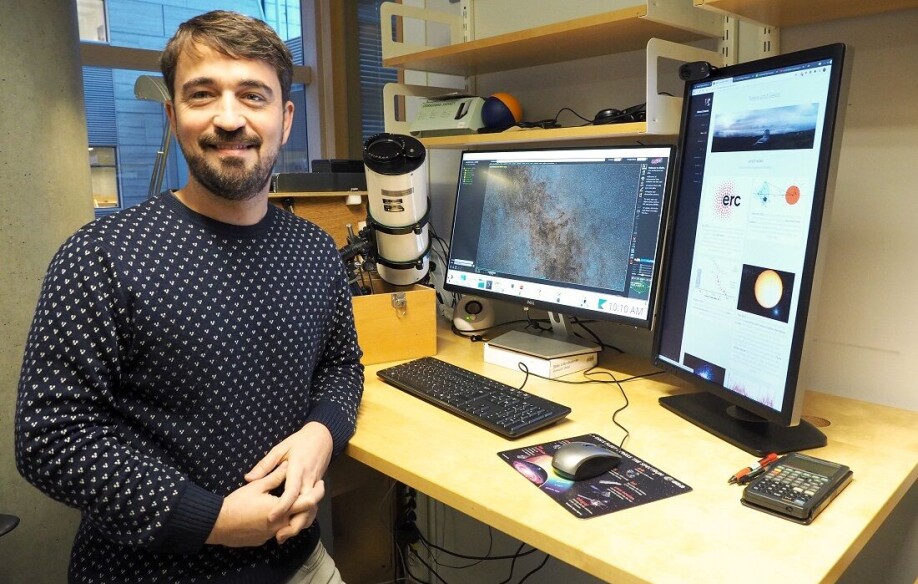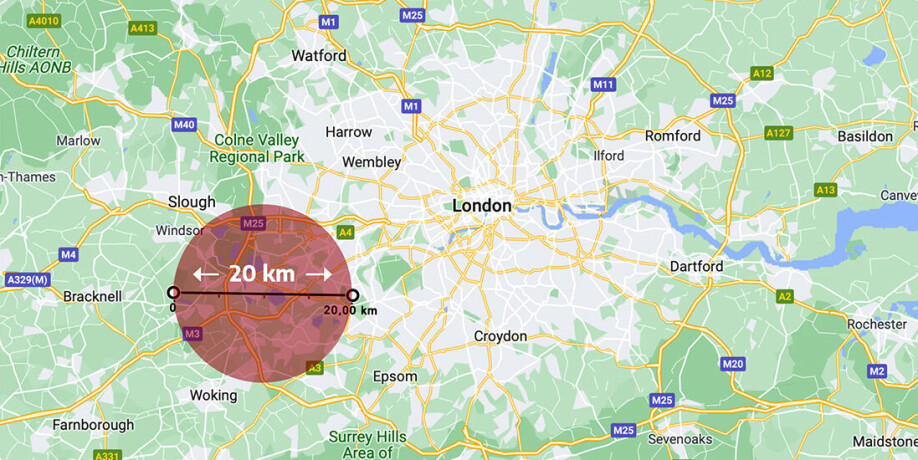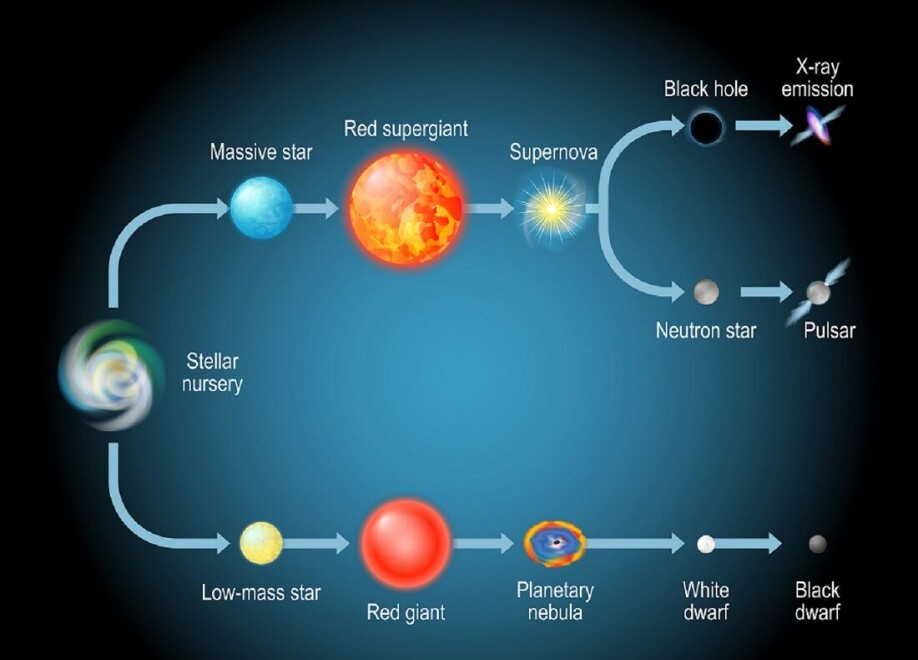THIS ARTICLE/PRESS RELEASE IS PAID FOR AND PRESENTED BY NTNU Norwegian University of Science and Technology - read more

Hunting for dead stars
Neutron stars are the little siblings of black holes and show some of the most extreme phenomena in the universe. The European Research Council (ERC) is giving Professor Manuel Linares EUR 2 million to hunt them down.
Neutron stars are tiny in size, but almost incomprehensibly dense. Actually, they are stellar corpses, but they still have enough life in them to show some of the most exciting phenomena you can find in space.
“Neutron stars aren’t only fascinating for astronomers. They’re unique laboratories for extreme physics,” says Manuel Linares, a professor at NTNU’s Department of Physics.
For the next five years, Linares will lead a research group charged with studying and looking for neutron stars. The EU is supporting the exploration with a EUR 2 million ERC Consolidator Grant.
“Our goal is to find the most massive neutron stars and understand more about the binary systems where we hunt them,” says Linares.

LOVE-NEST
The professor has been involved in developing a new method for measuring neutron star masses. More on that later.
The search operation has been named LOVE-NEST. The abbreviation stands for – what else but? – Looking for Super-Massive Neutron Stars. Four post-doctoral positions and four PhD candidates are involved, which is quite a team.
But what exactly are neutron stars? To explain that we need to look at what happens when stars die.
Stars live on after death
Several possibilities exist when stars die. And no, we’re not talking about better music sales or uncritical praise in obituaries. We’re still on the topic of real stars.
Stars basically die when they have used up their fuel. Then some of them explode.
What they become afterwards depends on how big they were at birth – in other words the mass that they had when they were formed.
- Low-mass stars become white dwarfs. Some of them may continue to shine at low intensity for billions of years. This will probably be the fate of our own Sun one day.
- Some of the most massive stars turn into the famous black holes, a region in space where gravity is so strong that even light can’t escape.
- The not-so-massive stars turn into neutron stars instead. This happens when the mass at birth is equivalent to about 10 to 25 times the mass of our own Sun. And these neutron stars are very special.

Small but hugely dense
Neutron stars are small, but extremely dense. One cubic meter of a spent neutron star can weigh as much as one quintillion kilograms. You may have a hard time conceiving of that, but it’s the number 1 followed by 18 zeros, or 1 000 000 000 000 000 000.
For the same reason, the gravitational field of a tiny neutron star can be 100 billion times stronger than the one we experience on the Earth’s surface. That’s the number 1 with 11 zeros, if you were wondering.
“Neutron stars have more mass than our own Sun, but are typically only around 20 kilometres in diameter,” says Linares.
Our own Moon, by contrast, has a diameter of about 3 500 kilometres and the Earth just over 12 700 kilometres.
Neutron stars would be more or less impossible to find if we only used our eyes to look for them. But we don’t. That’s why we know of quite a few.

Only some neutron stars are visible
“We know more than 3000 neutron stars in our Galaxy, but many more are hidden from us,” says Linares.
One reason we know of some of them and not others, is that some neutron stars turn into pulsars.
These pulsars spin around several times a second, creating electromagnetic radiation. We can measure this radiation which lets us know where the star is, even if we cannot see the star itself.
The vast majority of neutron stars we know of are pulsars. Magnetars are another type of neutron star, where we can observe the effect of their ultra-strong magnetic fields, but in this article we’ll stick to the fastest spinning pulsars.
Measuring the mass of dead stars
As if it weren’t tricky enough to find tiny neutron stars in the vast expanse of the universe, LOVE-NEST is also aiming to determine their masses.
“Measuring the mass is possible when a neutron star has paired up with another star,” Linares says.
Weighing the neutron star in isolation is difficult, but the effect of the neutron star on the other star is easier to measure.
“We’ve developed a new and more accurate technique for measuring the mass of a particularly interesting type of pulsars,” says Linares.
The new method uses temperature differences to calculate velocity and mass.
Extreme heat affects the companion star
You might think that our own Sun is hot, which it is, but it stays around 6000 degrees Kelvin (which is the temperature system that physicists use) on the surface and a little over 14 million degrees K. inside.
Neutron stars can maintain a temperature up to 100 million degrees K. These stars clearly don’t do anything halfway.
“When an ordinary star and a pulsar orbit around a common centre of mass, the pulsar affects the temperature of this companion star,” says the professor.
Can read speed and mass
The side of the companion star closest to the pulsar is of course much hotter than the other side.
Professor Linares observed this not long ago as part of his work at the Universitat Politècnica de Catalunya (UPC) in Spain, using the famous astronomical observatories in the Canary Islands.
“This pulsar caused the surface temperature of the companion star to vary by 2400 degrees K,” says the professor.
The variation in temperature also changes the chemical spectrum given off by the companion star. This spectrum can be measured by physicists, even when the two stars are 10 000 light-years away.
“This spectral measurement in turn allows us to find out how fast the companion star goes around the pulsar at any given time. When we know the speed, we can also calculate the mass,” says Linares.
This particular pulsar had a mass 2.3 times that of our own sun. These are the kind of neutron stars LOVE-NEST will be looking for.
The professor should stay busy enough going forward, but still has time to share his knowledge. In January, Linares will teach 'Observational Astrophysics' for master’s degree students in physics at NTNU. It could well be that neutron stars make an appearance in that course as well.
See more content from NTNU:
-
Politics on Facebook: Populist parties choose divisive issues on purpose
-
Social media is connected to cyberbullying – but not how we thought
-
Forskere ved NTNU får nesten 24 millioner av EU for å lage nye strømomformere
-
This helps the youngest children enjoy school more
-
Can we tap the ocean’s power to capture carbon?
-
Researchers have uncovered major problems in Norway's salmon industry





































